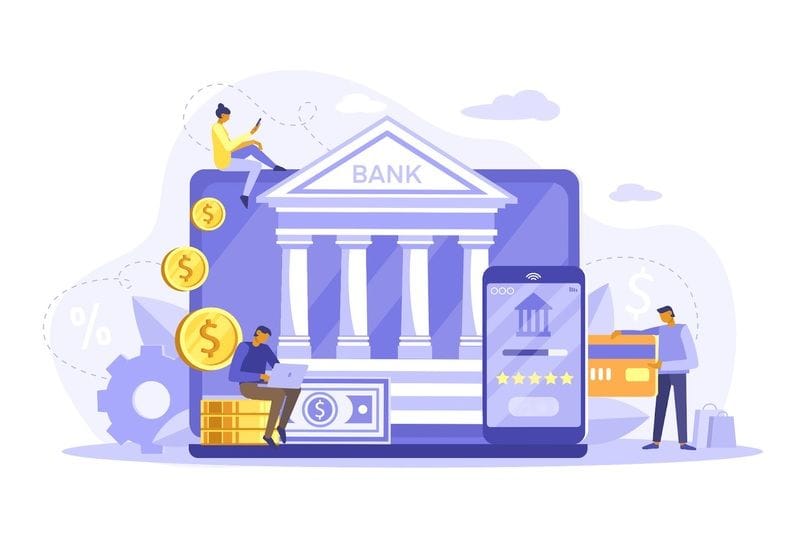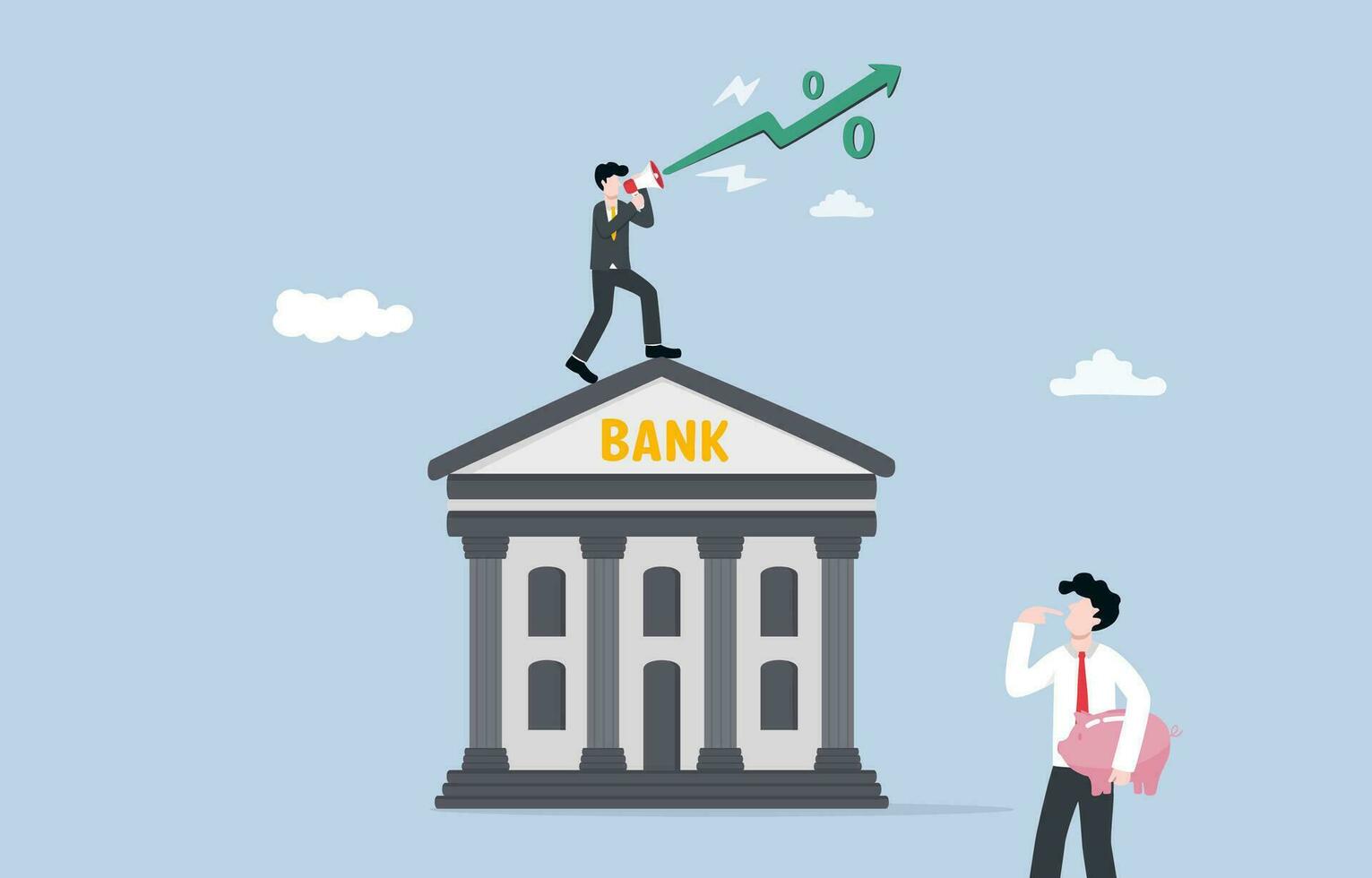The pulse of the global economy quickens with every change in central bank interest rates news. Just like that, your savings, loans, and investments feel the impact. It’s crucial to stay ahead, yet the waves of data and jargon can drown even savvy financial minds. Fear not! I’ll slice through the complexity of the Federal Reserve’s latest decisions, ECB’s bold moves, and more, all while keeping it simple. Get ready for a no-nonsense dive into what these shifts mean for your money and the world’s financial heartbeat. Buckle up; we’re about to steer through the latest economic turns with precision and clarity.
Understanding the Federal Reserve’s Latest Rate Decision
Assessing the Impact on Inflation and Economic Growth
The Federal Reserve made a big choice. They changed the rate lenders get. This rate affects how much things cost and how fast our economy grows. For example, if the rate goes up, borrowing gets costly. People then spend less. This can make prices of stuff go down. The economy might slow a bit too. It’s a careful balance they aim for to keep everything moving just right.
Interpreting the Fed’s Forward Guidance and Market Reactions
The Fed gives clues about what they’ll do next. This helps banks and people who invest be ready. When the Fed talks about future plans, everyone listens. The market reacts to these hints. If the Fed seems like they’ll raise rates, the market gets ready for it. Or, if they plan to keep them low, the market expects things to stay cheap to borrow. What the Fed says and does is super important for everyone.
ECB’s and Bank of England’s Policy Adjustments
Analyzing the ECB’s Interest Rate Projections and Eurozone Implications
Big news, friends! The European Central Bank, or ECB, has moved rates again. These moves matter a lot. They can help or hurt our money growth. When ECB updates their policy, folks sit up and listen. Their policy tweaks guide banks in all Euro countries. This changes how much it costs them to lend money to us or businesses. And that’s key to keep the economy zipping or slowing it down. For the Eurozone, this can mean more jobs or fewer, cheaper stuff or costlier bills. It’s like the ECB’s big lever to cool down or heat up the economy. Interest is the price we pay for borrowed money. It goes up or down based on what ECB decides. So understanding ECB moves helps us guess where our economy might head next.
The BOE’s Base Rate Changes and the UK Economy
Let’s swing over to the UK and peek at the Bank of England, or BOE’s moves. They’ve got this thing called the base rate. It’s the main rate they talk about when they make a rate call. Like the ECB, when the BOE shifts their base rate, it ripples through banks to you and me. A rate hike could make things like loans and mortgages cost more. But it can also slow inflation, so our cash doesn’t lose value fast. On the flip side, a cut in the rate means borrowing gets cheaper. That can fire up spending and give our economy a boost. Rate choices can be, like, big news if you’ve got loans or savings. Or if you run a business. It also shifts how much stuff we buy from abroad and what folks from other lands buy from us. The BOE has to hit this sweet spot, where businesses grow but prices don’t go nuts. It’s a tricky balance to nail for sure.
In both these banks’ cases, they aim to set rates that keep the economy steady. They try to stop prices from flying up or plunging down. They want us to have good jobs and be able to buy what we need. They also chat a lot with banks and tell them what might come. This is called forward guidance. It’s like a heads-up for what’s next. They do this so no one gets too shocked by sudden changes.
So, yeah, what ECB and BOE decide has a huge say in our money’s worth. It touches everything from the food we buy to the cash we stash. Watching these banks’ moves can be like reading tea leaves for how things will shape up. Pretty cool, huh? We’re all a part of this big money world, and these rate decisions are like the heartbeat of the economy. Keep your eyes peeled on these two banks. What they do next could change things for your pocket!
The Bank of Japan and Reserve Bank of Australia: Diverse Interest Outlooks
Influences and Outcomes of the BOJ’s Monetary Strategy
The Bank of Japan plays a big role in the world’s money matters. Lately, they have not changed their interest outlook much. They keep rates low to help their country grow. This move can make more jobs and more goods to sell. But there is a catch! If a country’s money is cheaper, its prices can climb fast. It’s what we call inflation. The Bank of Japan knows this. So, they watch over everything. They make sure their low rates help but not hurt.
Central bank choices can shake world markets. If the Bank of Japan says rates will stay low, people can guess what will come. They know that cheap money will stick around. So, they spend more on things and stocks. But banks in other places make different picks. They might raise rates. Then, the Bank of Japan has to think about what to do next.
RBA’s Interest Rate Tweaks and Its Impact on the Australian Dollar
Down in Australia, the money folks at the Reserve Bank do things their way. Sometimes they tweak rates. When they do, it stirs up stuff. If they hike rates, the Australian dollar can grow strong. This means stuff from outside can cost less. That’s great if you want to buy a video game from Japan! But, if you’re selling wheat to other countries, you might get less money. So, the Reserve Bank of Australia has to get it just right.
Why do they tweak rates? It is to keep everything balanced. They want prices to stay okay and for people to have jobs. So they check on how much things cost and if people are working. They use the interest rate like a tool to keep it all in line.
Interest changes can also mean more or less cash to borrow. This matters for people who want to buy homes or start a business. And it’s not just about inside Australia. The whole world feels it. If Australia’s rates go up, people might move their money there. They want in on the higher rates for their savings.
What does all this mean for you and me? We need to keep an eye on the news. If you know what banks are doing with rates, you can make smarter choices. And remember, what happens in Japan or Australia can touch us all. It’s a big money world, and we’re all in it together!
Global Interest Rate Trends and Their Effects on Financial Markets
Comparing Hawkish and Dovish Stances Among Central Banks
What does a hawkish or dovish stance from a central bank mean? A hawkish stance means a bank may raise rates to slow inflation. A dovish stance means a bank is fine with lower rates to help growth. Hawks worry about too much spending causing prices to soar. Doves think a bit of extra inflation is okay if more folks have jobs. Central banks weigh these views like a chef balancing spices. They must get just the right mix for a healthy economy.
Central banking trends show clear patterns. When banks turn hawkish, your loan gets more costly. Credit card bills can jump up too. But, for savers, it’s good news. They earn more on deposits. The Federal Reserve is a big player here. When they make a federal reserve rate decision, markets listen.
Now, let’s take the European Central Bank. An ECB policy update can sway markets. If they hint at higher rates, the euro may climb. The same goes for the Bank of England. For them, a rate hike often pumps up the pound. Japan’s Bank usually keeps rates super low. This helps their exports stay cheap on global markets.
Now, flip that coin. When banks go dovish, they cut rates. This makes loans cheaper. People borrow more and this can boost shops and factories. Yet, if done too much, it can push prices up too. That hurts your wallet over time.
Linking Central Bank Decisions to Currency Value Fluctuations and Mortgage Rates
So, how do central bank decisions shake up currency values and mortgage rates? Simple. Higher rates make a currency more sought after. Savers get more bang for their buck. This demand boosts its value. For a country’s money, this can mean more power in buying from abroad. But it also can make its goods pricier for others. This can slow down sales overseas.
For houses, the story is pretty close. Let’s talk about mortgage rates and central bank policy. A hike in rates makes getting a home costlier. Monthly payments go up. This can cool down a hot housing market. A dove move, on the other hand, can heat things up. People rush to lock low rates for their dream home.
Policy rate decisions touch us all. From the rates on loans, to the price of an English breakfast. Each central bank has its own play. Some hike, some hold, some cut. It’s a dance that keeps the world’s cash moving.
Big changes like emergency rate cuts happen too. These are rare but serious. They’re used only when trouble hits, like a storm on the horizon.
All this action plays out in stock markets as well. After benchmark rate announcements, stocks swing. Like an echo, one bank’s call can stir markets across seas. Financial market reactions are always a buzz, painting a picture of our global money ties.
In the end, we’re all part of this financial web. From Tokyo’s towers to Wall Street, central bank choices shape our cash lives. Whether it’s your savings, your shopping, or your shiny new home loan.
We’ve explored key moves by the world’s major central banks and their effects on economies. From the Fed’s rate decisions impacting inflation and growth, to the ECB and BOE adjusting rates and shaping their regions. We also saw Japan and Australia’s unique paths and how all these changes sway currencies and your loans. In sum, banks’ actions touch our wallets and global markets in big ways. My closing thought? Stay informed on these trends; they’ll keep shaping our financial landscape.
Q&A :
How do central bank interest rates affect the economy?
Central bank interest rates, often referred to as the “benchmark rates,” are crucial for economic stability and growth. They influence the cost of borrowing, saving, and people’s spending habits. By adjusting these rates, central banks aim to control inflation, stabilize currency values, and manage unemployment levels. Changes in these rates can have wide-reaching impacts on consumer spending, business investment, inflation, and overall economic activity.
What are the latest changes in central bank interest rates?
Latest changes in central bank interest rates involve either an increase, decrease, or hold on the current rates, depending on the economic goals. Central banks make these decisions based on current economic data and future projections. These changes can be influenced by various factors, including inflation rates, job growth, and GDP outputs. It is important to follow reliable news sources for the most up-to-date information on rate adjustments made by central banks worldwide.
How can I stay updated on central bank interest rate news?
Staying updated on central bank interest rate news requires regularly checking financial news websites, subscribing to financial newsletters, or using apps that provide real-time updates on economic events. Many central banks also offer mailing lists or press release services that notify subscribers about key decisions, policy changes, and rate announcements. For immediate updates, following the social media channels of central banks and financial news outlets can also be quite beneficial.
Why do central banks change interest rates?
Central banks change interest rates to respond to varying economic conditions. By raising rates, central banks can cool down an overheating economy and control inflation. Conversely, by lowering rates, they can encourage borrowing and spending to stimulate economic growth, particularly during a downturn. The ultimate goal of changing interest rates is to achieve a balance where the economy grows at a healthy, sustainable rate without rising inflation or unemployment.
What are the forecasts for central bank interest rates?
Forecasts for central bank interest rates are usually provided by financial analysts and economists based on current economic trends, policy statements from central bank officials, and macroeconomic indicators. These projections are vital for investors, businesses, and consumers alike as they plan for the future. Keep in mind, however, that interest rate forecasts are subject to change due to unexpected economic events or shifts in domestic and global economic conditions.






